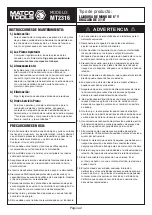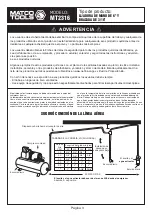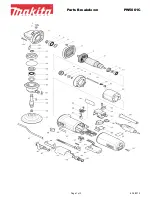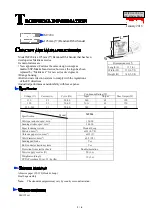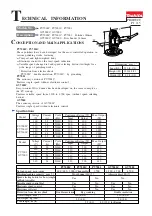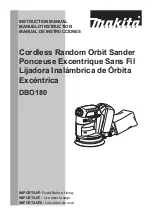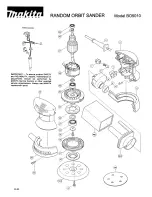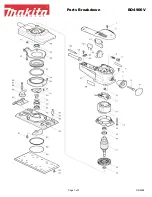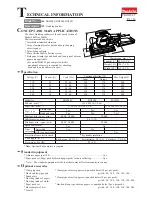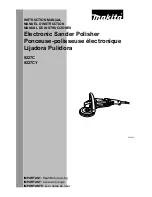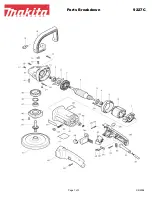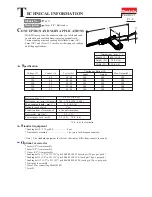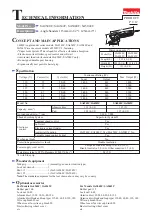
in the air supply system where the temperature of the compressed air in
the line is likely to be lowest. Air lines must be properly drained daily.
Each low point in an air line acts as a water trap. Such points should be
fitted with an easily accessible drain. See diagram below. Pitch all air
lines back towards the compressor so that condensed moisture will flow
back into the air receiver where it can be drained off. Drain daily.
The oil and water extractor should not be mounted on or near the air
compressor.
The temperature of air is greatly increased during compression. As the
air cools down to room temperature, in the air line, on its way to the Air
Power Tool, the moisture contained in it condenses. Thus, for maximum
effectiveness, the oil and water extractor should be mounted at some point
SUGGESTED AIR LINE CONNECTION
Pitch pipe back toward air receiver
Compressor unit
Drain
Daily
25 FEET OR MORE
Oil and Water Extractor should be at least 25 ft. from the compressor. Further if possible.
Drain
Daily
Drain
Daily
Oil and Water
Extractor
Install drain at
each low point
PIPE SIZE, I.D. (Inches)
Air Flow
CFM
Length of Pipe (feet)
10
20
30
40
50
70
50
1/2"
3/4"
3/4"
1"
1"
1"
100
3/4"
3/4"
3/4"
1"
1"
1"
150
3/4"
3/4"
1"
1"
1"
1-1/4"
200
3/4"
1"
1"
1"
1-1/4"
6" PALM SANDER - 3/16" STROKE
MT2316
MODEL:
Product Type:
Page 3
WARNING
Users of this tool should review the chemical composition of the work surface and any products used in conjunction
with this tool for any such chemicals prior to engaging in any activity that creates dust and/or microscopic particles.
Users should obtain the Material Safety Data Sheets for all identified chemicals, wither from the manufacturer or
their employer, and proceed to study, understand, and follow all instructions and warning for exposure to such
chemicals.
Some examples of these chemicals are: lead from lead based paints; crystalline silica from bricks, cement and other
masonry products; and arsenic and chromium from chemically treated lumber. A list of the chemicals can be
obtained at www.oehha.ca.gov under Proposition 65.
In order to reduce their exposure to such chemicals users should always:
- Work in well-ventilated areas.
- Wear appropriate safety equipment and clothes that are specifically designed to filter our microscopic particles.





